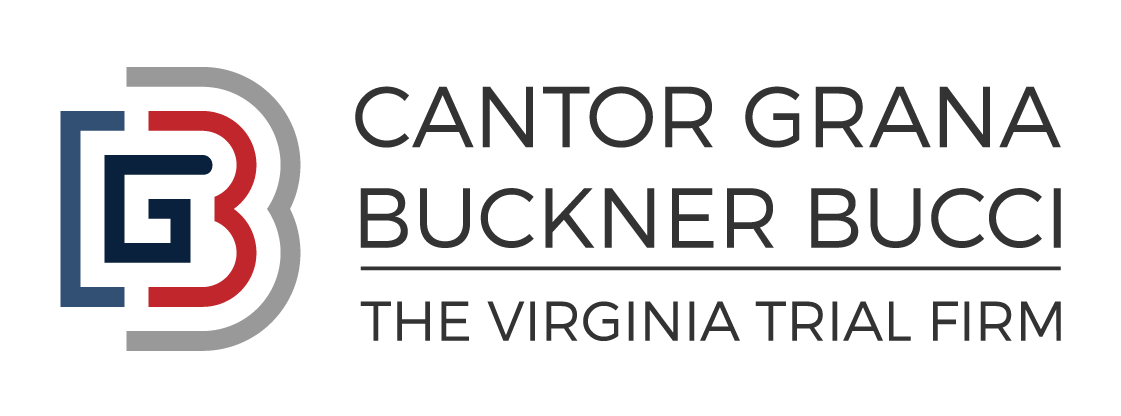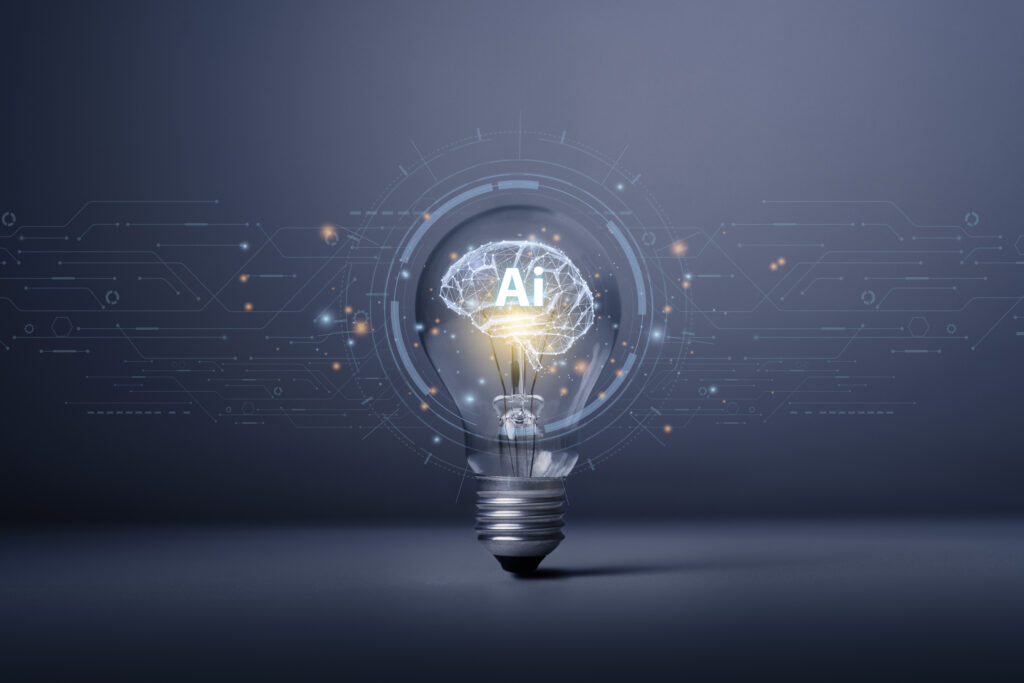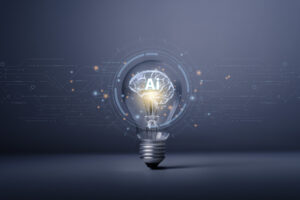Neurological rehabilitation (rehab) helps people with diseases, injury, or disorders of the nervous system. It can often increase function, ease symptoms, and improve a person’s well-being. Some of the hottest trends in the field[1] reflect tech advancements, and their purpose is to enhance the effectiveness of rehabilitation for common neurological diseases like brain and/or spinal cord injury, stroke, Parkinson’s disease, and cognitive disorders.
New technologies that support neurorehabilitation include robotic-assisted training, virtual reality, functional electrostimulation, and non-invasive brain stimulation (NIBS). These tools enhance the intensity and quality of neurorehabilitation and manipulate the brain’s excitability and plasticity. Assistive technology and the use of electronic systems to control and automate your home are emerging as innovative approaches in this field.
Neurorobotics is an emerging transdisciplinary field of research at the interface between neuroscience, artificial intelligence and robotics. Robots for neurorehabilitation are designed to support the administration of physical exercises to the upper or lower extremities, with the purpose of promoting neuro-motor recovery.
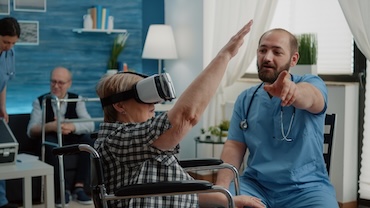
Gamification is another emerging trend in healthcare and in rehabilitation. It can be used to incentivize patients’ performance with level progression and point scoring and level up the difficulty of challenges. Gamification systems come with built-in progress trackers that visualize achievements and help keep patients motivated. Celebrating successes, becomes a motivating part of the game.
Wearable medical devices include activity monitors, smart watches, smart clothing, and patches; diagnostic & monitoring devices for sleep and blood sugar; and therapeutic devices like pain management devices and insulin and Baclofen pumps. In June 2024, Sony unveiled a new wearable ECG monitor built into a wristwatch and in March 2024, Boston Scientific introduced a wearable gadget for remote monitoring of chronic pain.[2]
New Wheelchair and Walker Technology
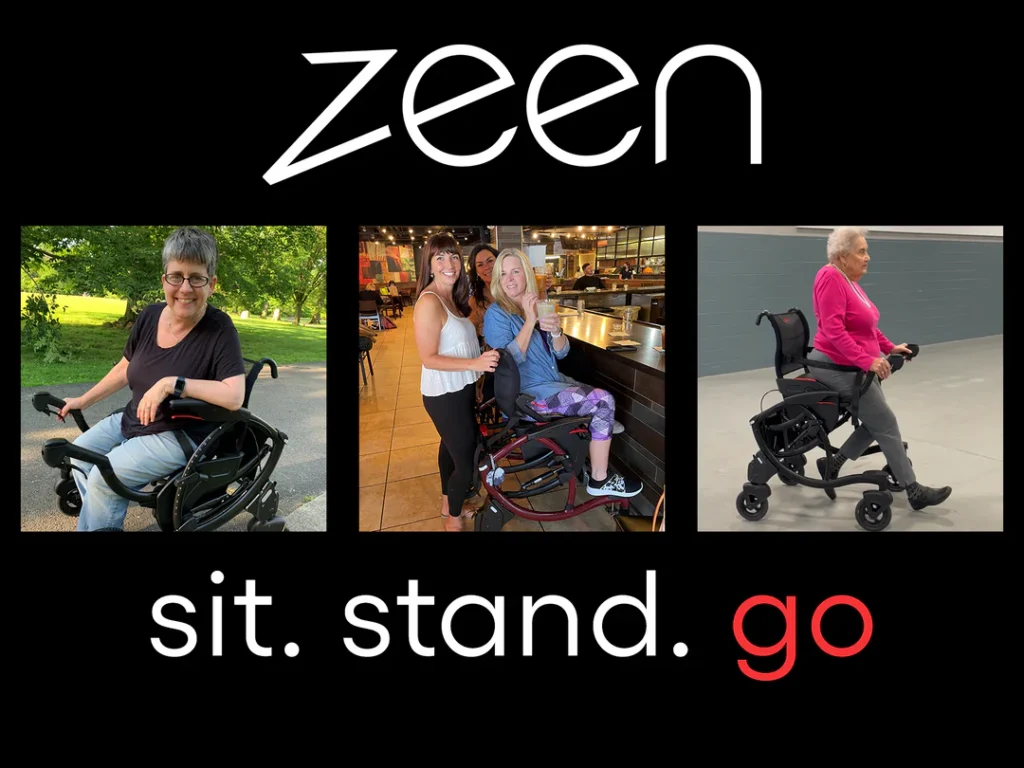
Garrett Brown invented the Steadicam, which is still used in Hollywood today for camera operators on movie sets to smoothly track action shots and sequences with a stabilization mount. As he watched his friends and family get older, he saw a hole for mobility devices that were something between a walker and a wheelchair so, he created the Zeen.
The Zeen is a combination wheelchair/walker that supports your full body weight from beneath. You can move at your natural pace, with your center of gravity at the center of the device, like a wheelchair; but it keeps you active, like a rollator, without needing your hands to stay supported. The result is a battery free mobile device that’s both stable and agile, with full body support that can lift you to your feet, let you stroll around or lounge in “barstool” mode whenever you want. When it’s time to sit down, the Zeen lowers you instantly to sit at a table with nothing in your way.
Being upright is great for your heart, your bones, your digestion and psychological well-being, and this little device has game-changing potential. Learn more at https://gozeen.com/
Neurorehab and Biomarkers
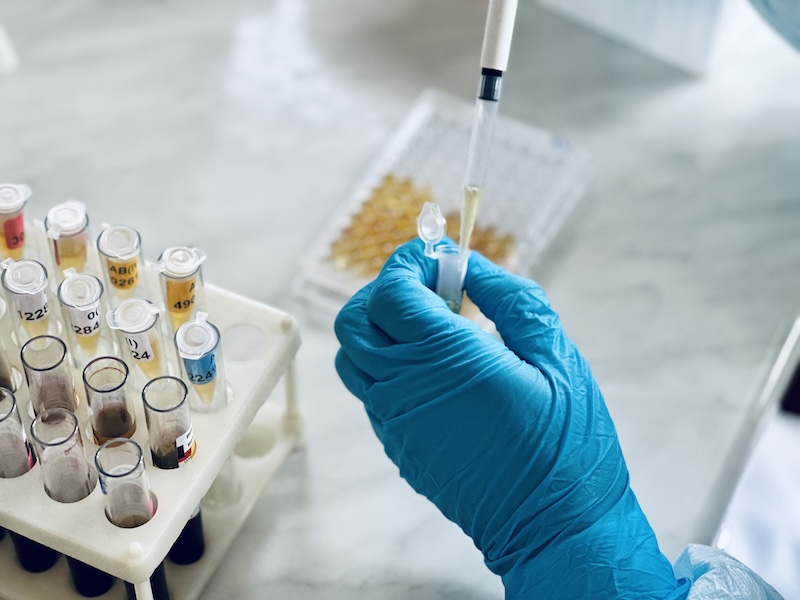
In 1973, the term “biomarker” first appeared. Biomarkers can indicate health, disease or response to treatment. They play a valuable role in reliably identifying high-risk individuals and objectively assessing disease progression. They’re used with patients after heart attack, patients with cancer, and to distinguish between Alzheimer’s disease or Parkinson’s disease and similar clinical syndromes. 5 Biomarkers of TBI are often measured in body fluids like cerebrospinal fluid, blood, saliva and urine; they can also be found through neuroimaging and electrophysiology studies.
During a recent National Academies of Sciences, Engineering, and Medicine panel discussion on the topic, Dr Ramon Diaz-Arrastia stated it’s very unlikely there will ever be one biomarker to diagnose TBI; the goal is to be able to order a panel of TBI biomarkers that provide information on such elements as axonal injury, inflammation, and vascular damage. [3]
Artificial Intelligence is Revolutionizing Neurorehabilitation
The essence of rehabilitation is understanding each individual’s specific strengths and challenges and providing the right services at the right time by the right clinician to support their recovery after illness or injury. So how is neurorehabilitation being impacted by Artificial Intelligence? It’s enhanced:
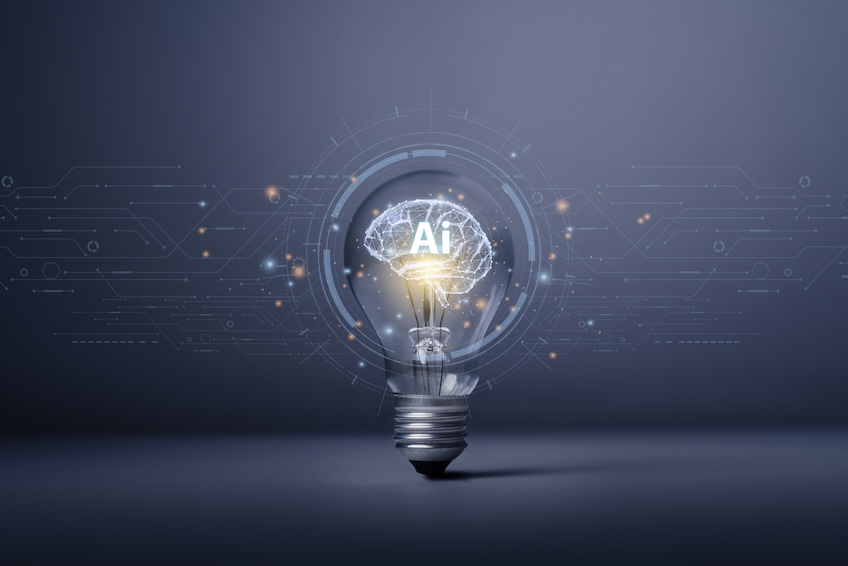
- Diagnostics: It has combed through massive amounts of data to identify patterns that can result in more precise diagnoses and personalized treatment plans. Its use in imaging has significantly improved the detection of a number of conditions.
- Therapeutic care and recovery: Robots and exoskeletons are helping patients with physical disabilities regain their balance, coordination, and strength by predicting and adapting to their movements. Wearable devices with AI-driven sensors monitor vital signs and blood glucose. And things like virtual reality (VR) and gamification (i.e., active video games) have been demonstrated to assist with recovery
- Vocational rehabilitation: VR is used for new job skill development and training, as client are able to practice the functions required of their occupational duties, AI-driven assistive technologies that support disabled individuals in the workplace are also seeing exponential growth and are changing how work disability is viewed. Generative AI can create professional-looking resumes and cover letters, which can then be utilized (with some user input) for job applications. [4]
There are some fictions and misconceptions about AI, including suspicions of a lack of ethical and privacy considerations, that AI will provide instant and miraculous cures, and that it might completely replace human therapists. AI is not a single technology; the term includes different technologies such as machine learning, language processing, and robotics. And lastly, AI will replace jobs. It is a supportive tool that can assist in decision-making and provide valuable insights, but human expertise and judgment remain critical for neurorehabilitation. “Machines will not replace physicians, but physicians using AI will soon replace those not using it,” said Dr Antonio Di Ieva, neurosurgeon. [5]
[1] https://www.linkedin.com/pulse/hottest-trends-neurorehabilitation-mike-hershkovitz-u7yoc%3FtrackingId=K5m3nR1NQPm%252FovknzIs0aA%253D%253D/?trackingId=K5m3nR1NQPm%2FovknzIs0aA%3D%3D
[2] https://www.marketresearchfuture.com/reports/wearable-medical-device-market-899
[3] National Academies of Sciences, Engineering, and Medicine. 2023. Biomarkers for Traumatic Brain Injury: Proceedings of a Workshop. Washington, DC: The National Academies Press. https://doi.org/10.17226/26932.
[4] https://www.rgare.com/knowledge-center/article/artificial-intelligence—a-new-frontier-for-rehabilitation
